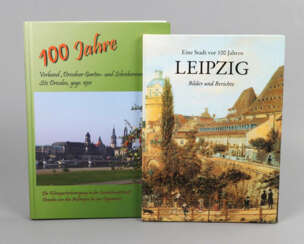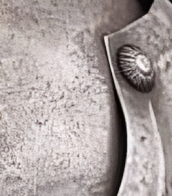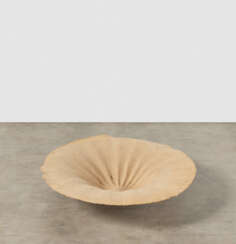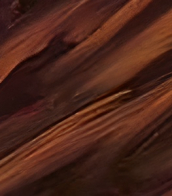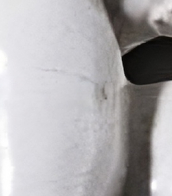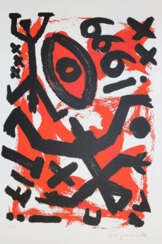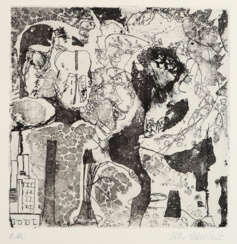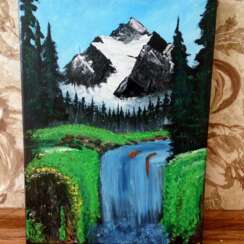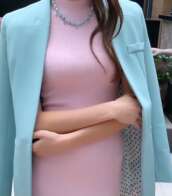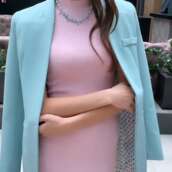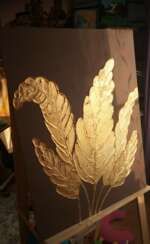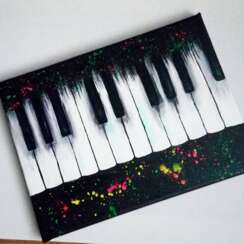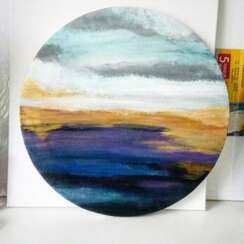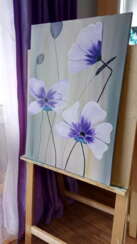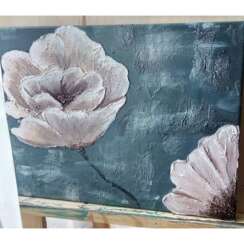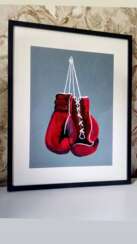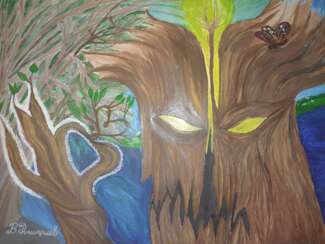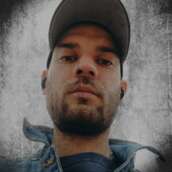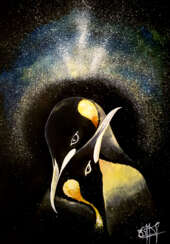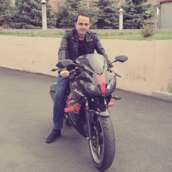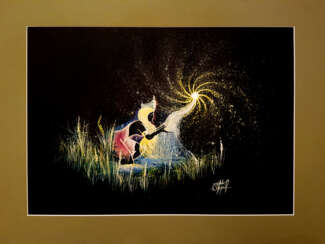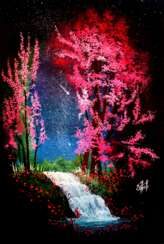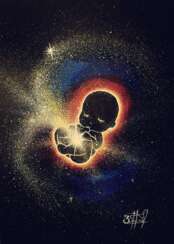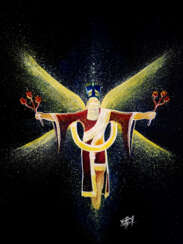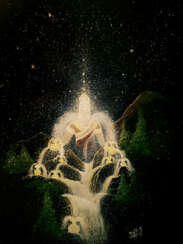280 Items by auctions and galleries:
(b. 1993)
Lot 47 Martin Kippenberger. Untitled
Martin Kippenberger (1953 - 1997) 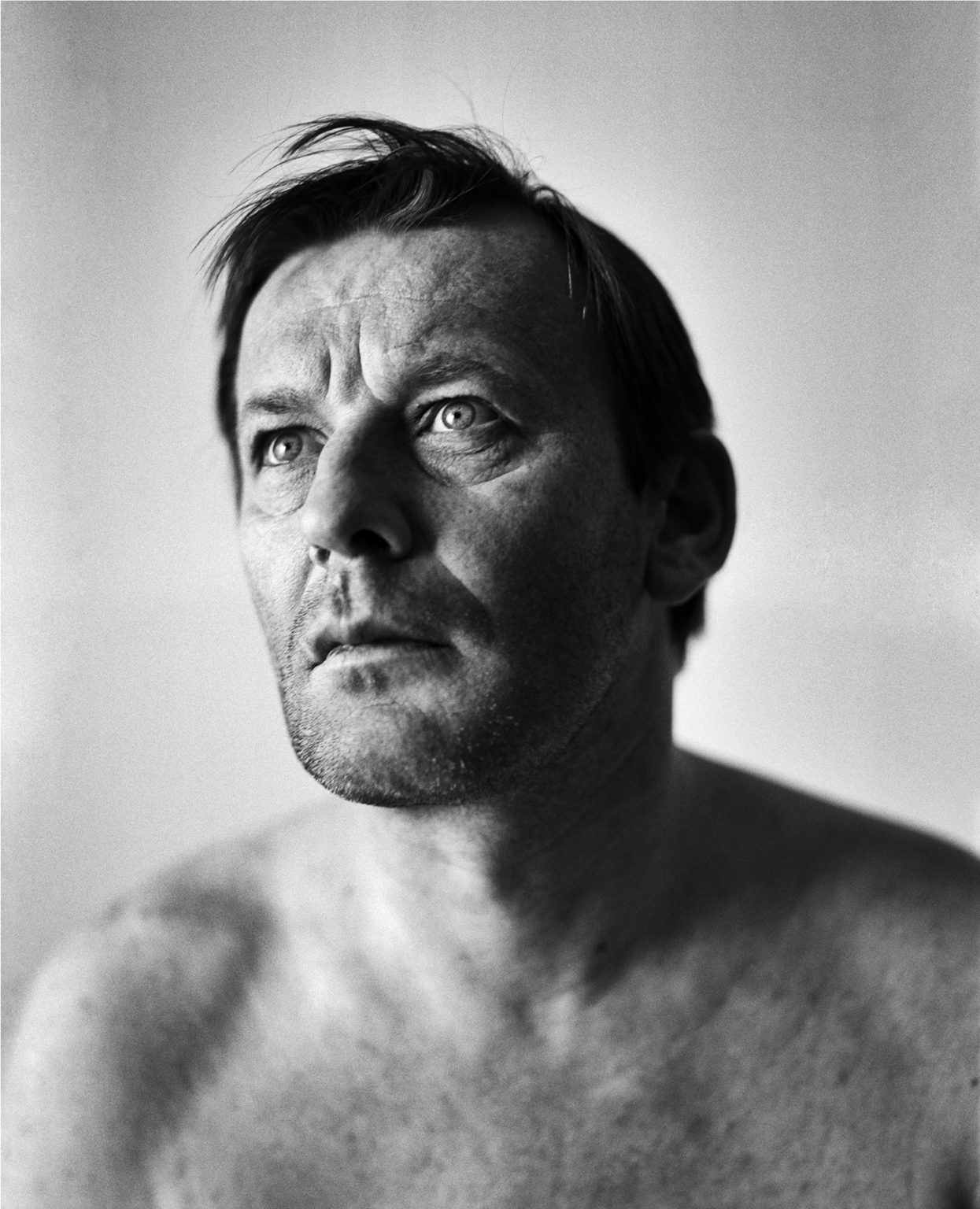 A1279: Beyond the Mainstream – A Rhenish Collection
A1279: Beyond the Mainstream – A Rhenish Collection 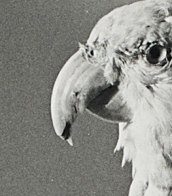

Martin Kippenberger
25.02.1953 - 07.03.1997
Germany
Martin Kippenberger was a German artist known for his extremely prolific output in a wide range of styles and media, superfiction as well as his provocative, jocular and hard-drinking public persona.
Kippenberger was "widely regarded as one of the most talented German artists of his generation," according to Roberta Smith of the New York Times. He was at the center of a generation of German enfants terribles including Albert Oehlen, Markus Oehlen, Werner Büttner, Georg Herold, Dieter Göls, and Günther Förg.

VAN HAM Kunstauktionen GmbH
A1279: Beyond the Mainstream – A Rhenish Collection
Date: 20.11.2025 18:00 UTC +01:00
Number of lots in the catalog: 103
Zoe Mozert. 1907/1993
Andrey Allakhverdov (b. 1947) 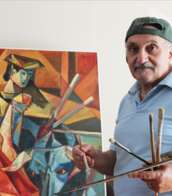 Shop Allakhverdov Andrey
Shop Allakhverdov Andrey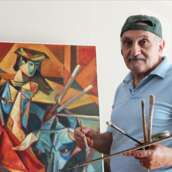

Andrey Allakhverdov
13.04.1947
Russia
Аллахвердов Андрей род. 1947 году. Закончил Московский текстильный институт факультет- декоративные искусство, художник по тканям. Около 40 лет член союза художников Москвы. Участник многих Российских и международных выставок. Также имел несколько персональных выставок. Часть картин находятся в частных коллекциях во многих странах.
С 2014 по 2018 год , проживая в Бостоне написал серию картин о известных художниках мира 19/20 века. Серия состоит из 50 картин размером 40/30 инчей (102/76)см.
Имеет Российское и Американское гражданство. Проживает в Москве и Бостоне.
Сайт: allakhverdov.com
https://youtu.be/aeEI3LSs_GE
Allakhverdov Andrey was born in 1947. Graduated from the Moscow Textile Institute, faculty of arts and crafts, fabric artist. For over 40 years he has been a member of the Union of Artists of Moscow. Participant of many national and international exhibitions. He also had several solo exhibitions. Some paintings are in private collections in many countries. From 2014 to 2018, while living in Boston, he painted a series of paintings about famous artists of the world of the 19/20 century. The series consists of 50 paintings of 40/30 inches (102/76) cm in size and can be found on the website: allakhverdov.com Has Russian and American citizenship.
Currently he lives in Boston and Moscow.
Site: allakhverdov.com
https://youtu.be/aeEI3LSs_GE

Artist shop
Allakhverdov Andrey
Russia
Number of products: 93
Сухое миндальное дерево расцвело
Anastasia Shevchenko (b. 1993) 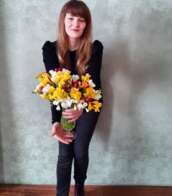 Shop Shevchenko Anastasia
Shop Shevchenko Anastasia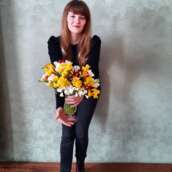

Anastasia Shevchenko
11.06.1993
Russia
Всем привет!) Рада знакомству)
Я творческая личность!
Люблю узнавать новое, развиваться, путешествовать!
Пишу картины для Души и с Удовольствием!)))
Это моё хобби!
У Каждой катины Своя Уникальная и Неповторимая история!))

Artist shop
Shevchenko Anastasia
Russia
Number of products: 8
